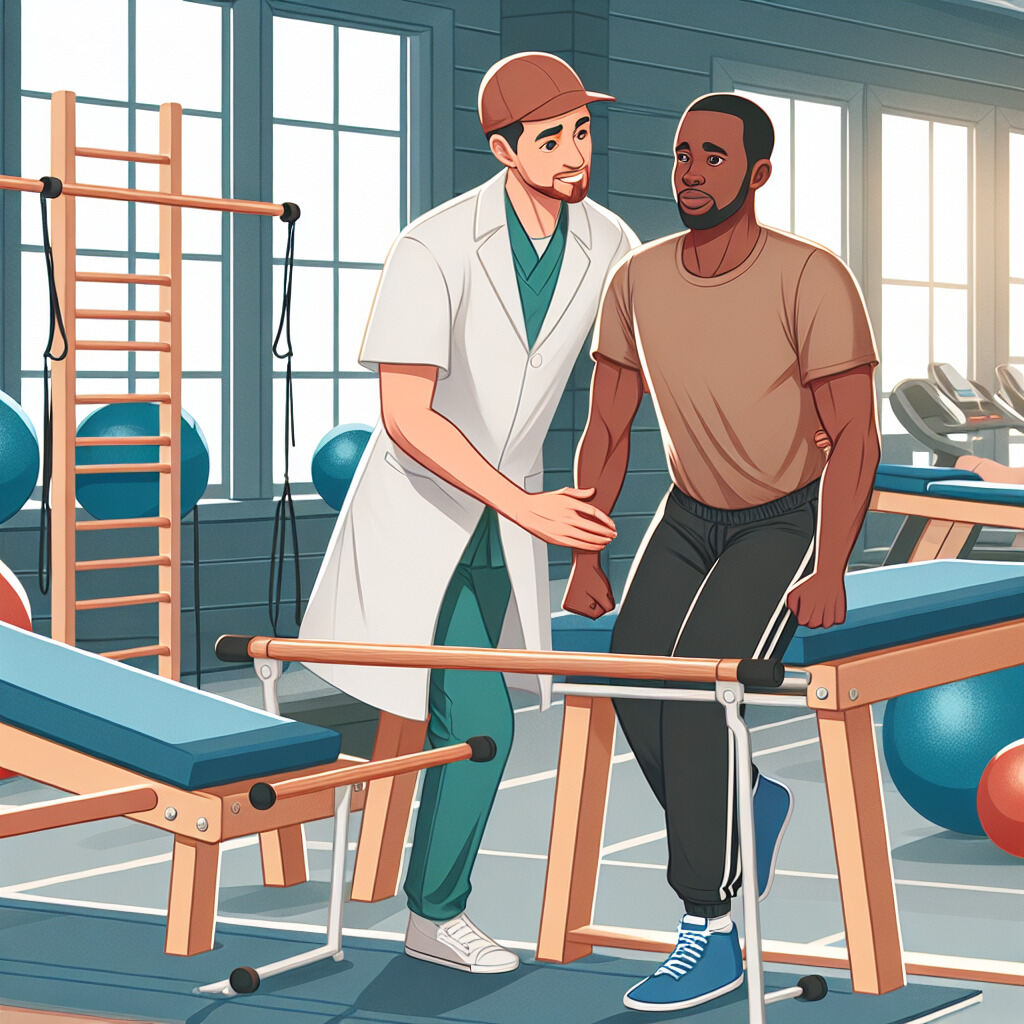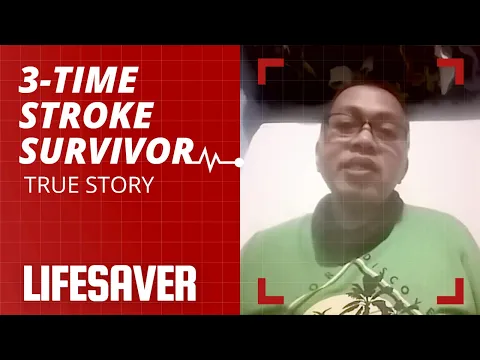The goal of stroke treatment is to help stroke victims recuperate and enhance their quality of life by rehabilitating them. The goal is to address verbal and cognitive deficits, improve independence in everyday tasks, and recover lost motor functions through a variety of techniques including physical therapy, occupational therapy, and speech therapy. In order to assist stroke patients, restore functionality, and adjust to life after a stroke, stroke treatment is essential.
Stroke Therapy Price
Stroke treatment can range from ₱1,500 for over-the-counter medicine to ₱600,000 for urgent surgery. The cost varies according to the patient’s health. The patient may receive an emergency prescription. The cost of a vial of a stroke medication, like alterplase (tissue plasminogen activator), can range from ₱40,000 to ₱80,000. Be aware that certain medications for stroke can only be prescribed by a physician.

Popular Hospitals/Labs that Provide Stroke Therapy in the Philippines
Stroke therapy costs vary between hospitals for a variety of reasons, including the repute of the facility, its location, and the skill of its therapists. Because of the perceived quality of care, hospitals in urban locations or with well-known rehabilitation programs may charge extra. Pricing variations are also influenced by the availability of extra services, customized treatment programs, and specialist equipment. When selecting a stroke therapy institution, patients had to take these aspects into account in addition to their financial capabilities.
| Hospital/Lab | Location | Contact | |
| Philippine General Hospital | HXHP+36Q, Taft Ave, Ermita, Manila, 1000 Metro Manila | (02) 8554 8400 | [email protected] |
| East Avenue Medical Center | East Avenue, Diliman, Quezon City Philippines 1100 | (632) 8928-0611 | [email protected] |
| Jose R. Reyes Memorial Medical Center | San Lazaro Compound, Rizal Avenue Sta. Cruz, Manila, Metro Manila, 1012 Philippines | (02) 8711-9491 | [email protected] |
| Baguio General Hospital and Medical Center | Pack Road, Baguio City, 2600. Benguet CAR, Philippines | 442-3765 | [email protected] |
| Jose B. Lingad Memorial Medical Center | Dolores City of San Fernando Pampanga, Philippines | (045) 409 6688 | [email protected] |
| Mariano Marcos Memorial Medical Center | Batac, Ilocos Norte, Batac, Philippines | 0966 159 9077 | [email protected] |
| Quirino Memorial Medical Center | JP Rizal cor. P. Tuazon Sts, Project 4, Quezon City, Philippines | (02) 5304 9800 | [email protected] |
Video about Stroke Therapy
FAQs
What are the goals of stroke therapy?
Enhancing mobility, regaining strength and coordination, increasing independence in daily activities, and addressing speech and cognitive problems are the main objectives of stroke therapy.
How long does stroke therapy typically last?
The length of stroke therapy varies according to the patient’s condition, the nature and extent of the stroke, and its advancement. It could last for several weeks, a few months, or even more.
Are there different types of stroke therapy?
Yes, there are several forms of stroke therapy, such as occupational therapy to help with everyday duties, speech therapy to address communication challenges, and physical therapy to enhance mobility and strength.
What if I live in a remote area with limited access to stroke therapy facilities?
People in faraway locations may be able to get therapy via video conferencing or other digital platforms thanks to the availability of teletherapy or remote therapy sessions. It’s crucial to go over choices with medical professionals.
What if I have financial constraints but need stroke therapy?
For those with limited resources, certain hospitals or community centers may provide subsidized or inexpensive therapy sessions. Furthermore, charitable organizations or government health programs might offer funding for stroke rehabilitation.
What are some common challenges faced during stroke therapy?
Typical obstacles include weariness, emotional adjustment to life after stroke, mobility or communication issues, and frustration with delayed improvement. Therapists offer assistance and methods to get through these obstacles.
How can family members or caregivers support stroke therapy?
By offering support, helping with exercises or activities, and fostering a pleasant and encouraging environment for the patient receiving therapy, family members and caregivers are essential in promoting stroke rehabilitation.

